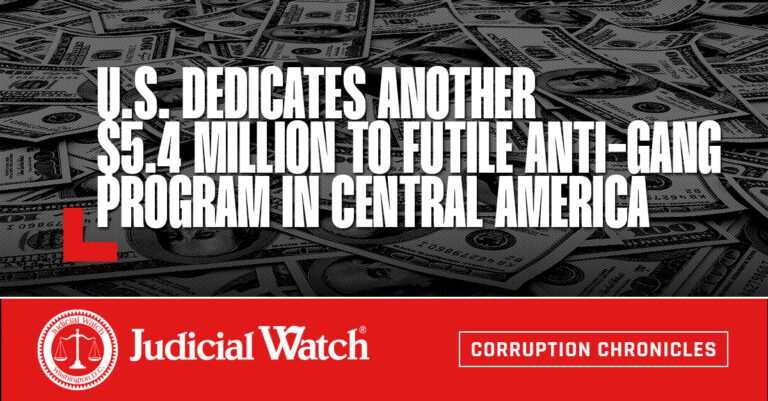Introduction
Gangs are a major problem in the United States. They contribute to lawlessness and crime in a number of ways, including:
- Violence: Gangs are responsible for a significant amount of violence in the United States. They commit murders, assaults, and robberies.
- Drug trafficking: Gangs are involved in the trafficking of illegal drugs. They sell drugs to make money and to gain power.
- Property crime: Gangs commit property crimes, such as burglaries and car thefts. They use the proceeds from these crimes to fund their activities.
- Human trafficking: Gangs are involved in human trafficking. They force people into prostitution and other forms of labor.
- Extortion: Gangs extort money from businesses and individuals. They threaten violence if their demands are not met.
History of Gangs in the United States
Gangs have existed in the United States for centuries. The first gangs were formed by immigrants who came to the United States in the 19th century. These gangs were often formed for protection and to help immigrants adjust to their new life in America.
In the 20th century, gangs became more involved in crime. They began to commit violent crimes, such as murders and assaults. They also began to traffic drugs and commit property crimes.
In the 21st century, gangs have become even more sophisticated. They have developed sophisticated networks for trafficking drugs and weapons. They have also become more involved in cybercrime.
Types of Gangs in the United States
There are many different types of gangs in the United States. Some of the most common types of gangs include:
- Street gangs: Street gangs are the most common type of gang in the United States. They are typically formed in urban areas and are made up of young people. Street gangs are involved in a variety of criminal activities, including violence, drug trafficking, and property crime.
- Prison gangs: Prison gangs are formed by inmates in prisons and jails. They are often involved in violence and drug trafficking.
- ** Outlaw motorcycle gangs:** Outlaw motorcycle gangs are made up of bikers. They are often involved in violence, drug trafficking, and property crime.
- Drug cartels: Drug cartels are international organizations that traffic drugs. They are often involved in violence and corruption.
Impact of Gangs on Lawlessness and Crime
Gangs have a significant impact on lawlessness and crime in the United States. They are responsible for a significant amount of violence, drug trafficking, property crime, human trafficking, and extortion.
Gangs make communities less safe. They create an atmosphere of fear and intimidation. They also make it difficult for businesses to operate in gang-ridden areas.
Gangs also have a negative impact on the youth. They recruit young people into their ranks and use them to commit crimes. Gangs also expose young people to violence and drugs.
Solutions to the Gang Problem
There are a number of things that can be done to address the gang problem in the United States. Some of the most important solutions include:
- Prevention: Prevention is the best way to address the gang problem. This includes programs that provide positive alternatives for young people, such as after-school programs and sports programs.
- Rehabilitation: Rehabilitation is important for young people who have been involved in gangs. This includes programs that help them to get back on track and to avoid a life of crime.
- Law enforcement: Law enforcement is important for keeping communities safe. This includes cracking down on gang activity and arresting gang members.
- Community involvement: Community involvement is essential for addressing the gang problem. This includes programs that bring together community members to work together to solve the problem.
Conclusion
Gangs are a major problem in the United States. They contribute to lawlessness and crime in a number of ways. There are a number of things that can be done to address the gang problem, such as prevention, rehabilitation, law enforcement, and community involvement.
Citations and Resources
- National Gang Center. "The National Gang Threat Assessment." National Gang Center website, accessed March 8, 2023.
- Egan, Timothy. "The Gangs That Bind." The New York Times, December 1, 2015.
- Shaw, Clifford R., and Henry D. McKay. Juvenile Delinquency and Urban Areas. University of Chicago Press, 1942.
- Klein, Malcolm W., and Cheryl L. Maxson. Street Gangs: An Introduction. Oxford University Press, 2006.

Comments
Post a Comment
Thank you for your comments and ideas.